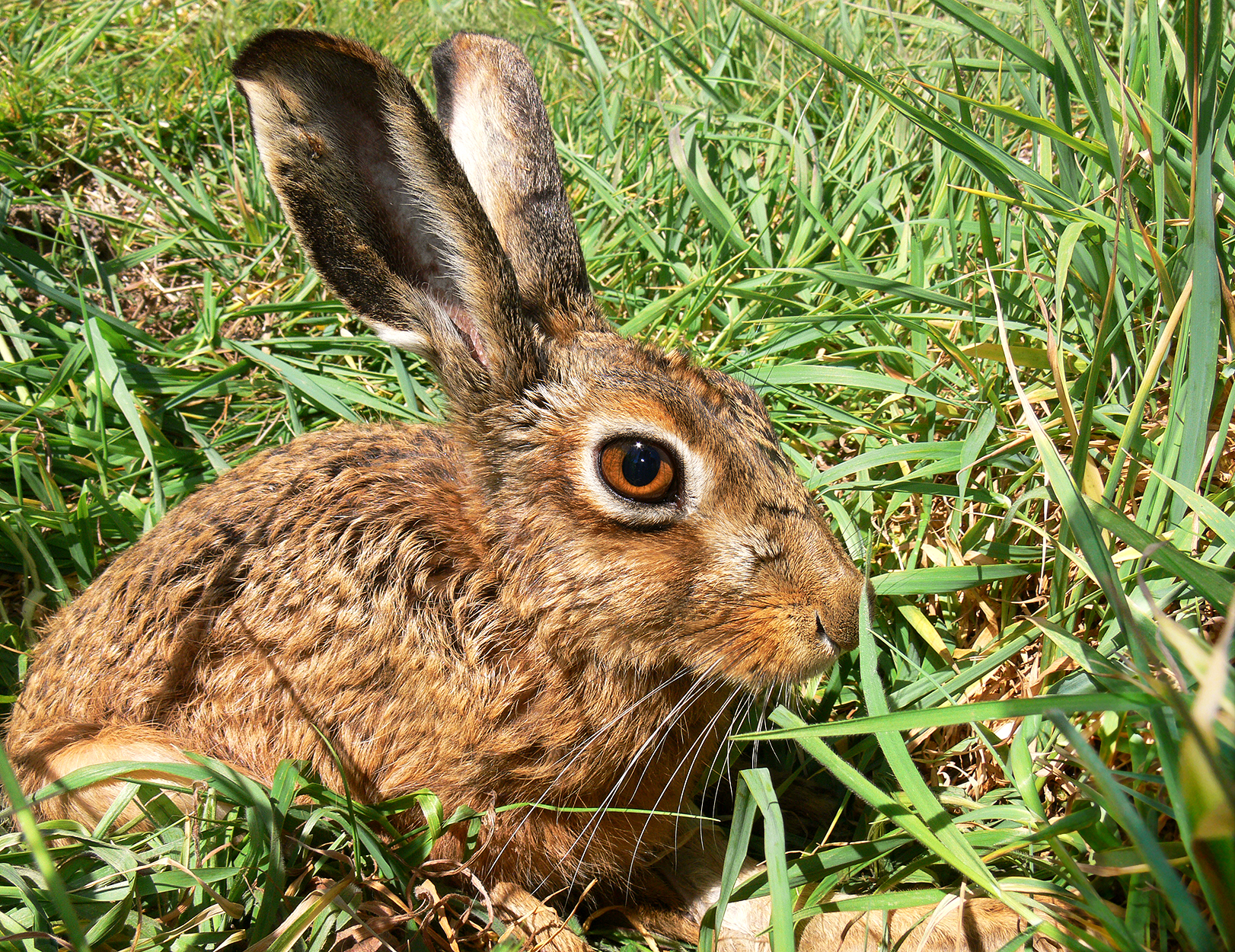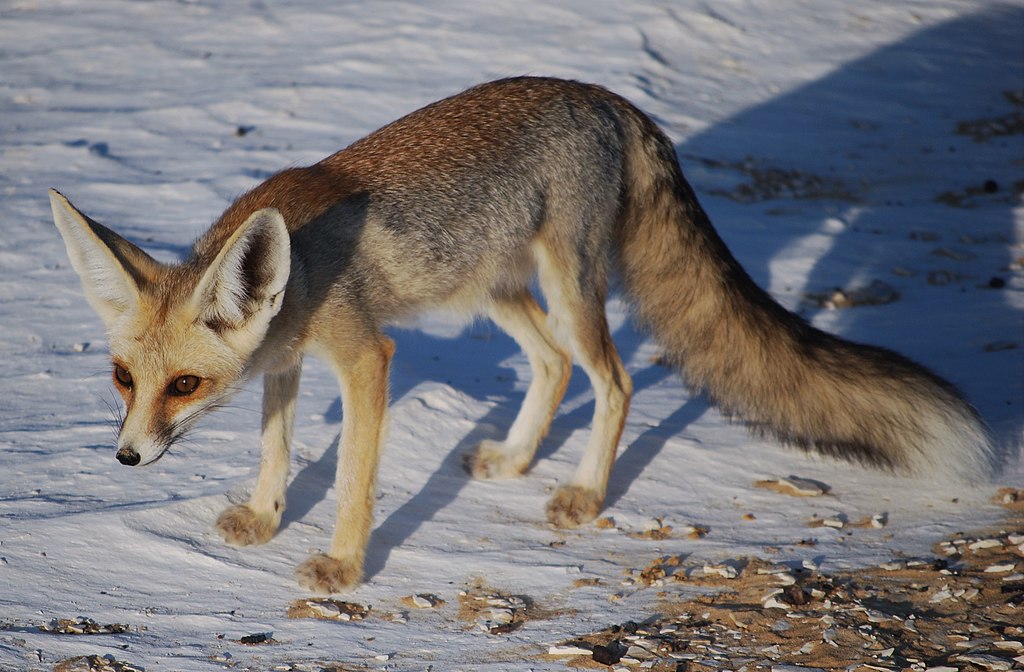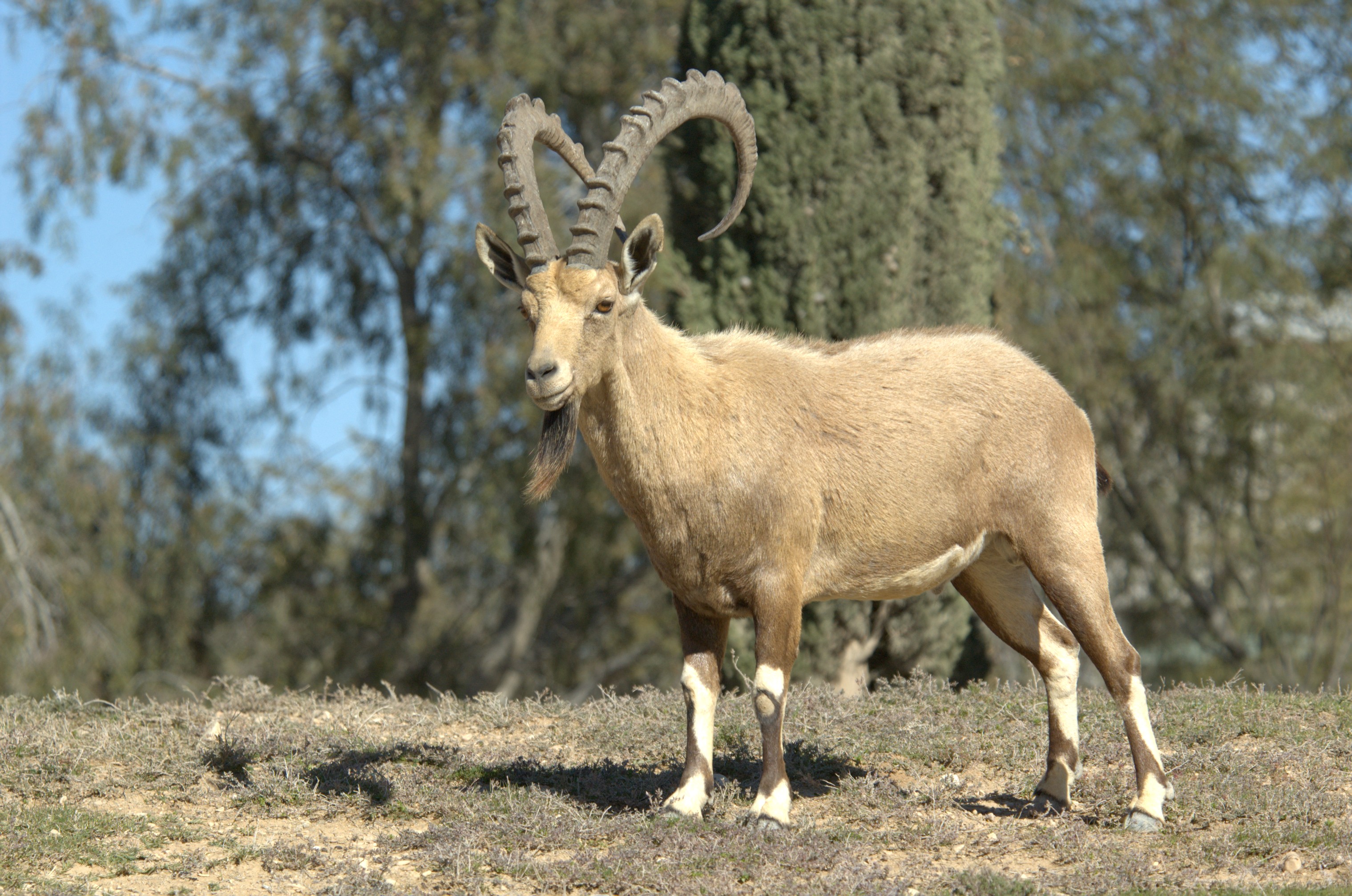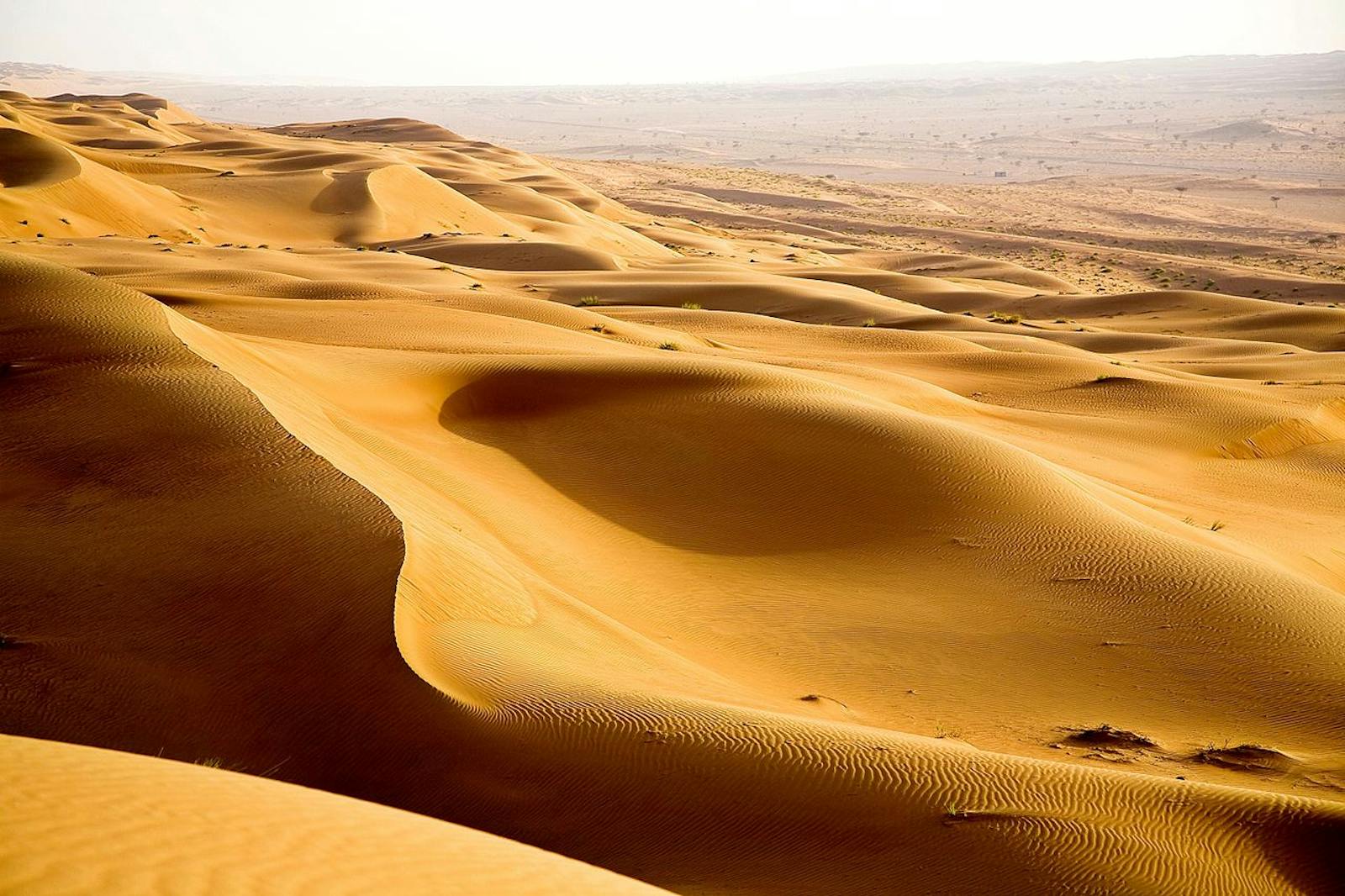East Arabian Fog Shrublands and Sand Desert
The ecoregion’s land area is provided in units of 1,000 hectares. The conservation target is the Global Safety Net (GSN1) area for the given ecoregion. The protection level indicates the percentage of the GSN goal that is currently protected on a scale of 0-10. N/A means data is not available at this time.
Bioregion: Red Sea, Arabian Deserts & Salt Marshes (PA26)
Realm: Southern Eurasia
Ecoregion Size (1000 ha):
1,769
Ecoregion ID:
821
Conservation Target:
65%
Protection Level:
1
States: Oman
Ethereal sea mists shroud millennia-old golden sands, rocky outcrops and small relict woodlands of ghaf in this ecoregion, which stretches from Oman’s interior to the shores of the Arabian Sea. It encompasses the vast sand-sea of Wahiba Sands or ‘Ramlat al’ Wahibah’ in the north of the country, whose remarkably regular-patterned dune formation are an impressive sight on a satellite image, and the Huqf area further south. The huge expanses of sand and rocky plains may appear devoid of life, but this ecoregion is home to a rich ecosystem, including the sand cat, Rüppel’s fox, and native Arabian gazelle.
%20wikimedia%20commons%20J.M.Garg.jpg)
The flagship species of the East Arabian Fog Shrublands and Sand Desert ecoregion is the ghaf (Prosopis cineraria). Image credit: Creative Commons
This ecoregion has a highly varied landscape, with two disjunct sections: the Wahiba Sands sand-sea in the North and the fossil-rich Huqf area in the South. The Al-Huqf escarpment delineates the Huqf’s eastern edge, leading down to gravel desert with rugged outcrops, salt flats or ‘sabkha’, and the white sugar dunes of Al Khaluf along the coast. Typical of a desert habitat, average temperatures in this region are high; summer temperatures can reach 40°C, only dropping to around 25°C in the winter months.
Although precipitation is low—less than 50 mm of rainfall annually—a significant feature of this ecoregion is the considerable marine influence. Winds bring moisture from the sea in the winter and from the southwest monsoon in summer, forming fogs across the deserts which provide vegetation with much-needed moisture.

Cape hare. Image credit: Creative Commons
In such an arid environment, these fogs support a variety of flora and fauna and allow unique woodlands of ghaf to flourish on the outskirts of the dunes and across the Huqf area. Other vegetation includes Calligonium spp. and sedges which mainly occur on the mobile sand dune tops, and Heliotropum kotschyi which can be found further down in more stable sands. In the southern coastal regions, species such as Halopeplis perfoliata and the grasses Urochondra setulosa and sand couch are found, whereas the shrubs sea-lavender and Zygophyllum qata-rense are more characteristic of the coastal section in the north of the ecoregion.
Ghaf woodlands provide important nesting habitats for birds, and much-needed shade for the vulnerable Arabian gazelle. Cape hares, Arabian wolves, sand cats, Ruppel’s fox, and the white-tailed mongoose are also found, as well as the near-threatened striped hyena. The dunes are home to a wide variety of avifauna, insects, and reptiles, whose tracks can be spotted next to the hoofprints of the ubiquitous dromedaries belonging to local tribes. The Huqf escarpment provides an important refuge for animals, containing a population of the impressively-horned Nubian ibex and the Blandford’s fox, previously thought only to exist in the north and south of Oman. Where the dunes meet the Arabian Sea, a varied migrant bird population can be found along the coast.

Rüppell's fox. Image credit: Helmut Boehm, Creative Commons
Nomadic Bedouin tribes have lived in the region for thousands of years and in more recent years the spectacular landscapes of the Wahiba sands have attracted large numbers of visitors. In addition to inland Bedouin who graze their livestock on the desert vegetation, several Bedu fishing communities exist in small settlements along the shore.
Oman’s efforts in the past to protect its wildlife and historic landscapes from degradation have been lacking; the Arabian Oryx Reserve, which was established at the end of the 1990s to support a reintroduced population of the native ungulate, was stripped of its UNESCO World Heritage Site status in 2007. This is followed by a proposed 90% reduction of the reserve’s area—the eastern edge of which includes the Huqf escarpment—to allow for oil exploration in the region. The western edge of the Huqf area lies within the Jiddat al Harasis Important Bird Area and the Al Wusta Wildlife Reserve.

Nubian Ibex. Image credit: Creative Commons
Popular tourist activities such as off-roading and ‘dune-bashing’, as well as the growing number of lodges established across the sands, pose a significant threat to the health of these fragile desert ecosystems, which are often slow to regenerate. A dramatic increase in livestock numbers and subsequent overgrazing of vegetation is also a serious threat to the plants of this region and has potential repercussions for dune stability. Rapid industrial development on the coast at Duqm could lead to significant ecosystem disturbance if protective measures are not taken.
Priority conservation actions for the next decade will be to: 1) establish more protected areas across the region to safeguard habitats against developments and overgrazing; 2) develop a management plan for eco-tourism in the region, focusing on the employment of local people; and 3) continue to support the work carried out by the recently established Oman Botanical Garden, which aims to develop protocols for propagation, cultivation, and plant conservation of all native plants in Oman.
Citations
1. Oman Ministry of Environment and Climate Affairs (2014). ‘CBD Fifth National Report – Oman' [Online]. Available from: cbd.int/doc/world/om/om-nr-05-en.pdf [Accessed 04/08/2019].
2. Watts, D. & Al-Nafie, A.H. (2013). ‘Vegetation & Biogeography of the Sand Seas of Arabia’. Routledge. p.34. ISBN: 0-7103-0619-9
3. Ghazanfar, S. (2004). ‘Biology of the central desert of Oman’. Turkish Journal of Botany. 28. P.65-71.
4. WWF (2019) ‘Western Asia: Oman, Yemen, and Saudi Arabia’. [Online]. Available from: https://www.worldwildlife.org/ecoregions/at1306 ]. [Accessed 04/08/2019].

.png?auto=compress%2Cformat&w=300)

